- More
'If Aidan O'Brien had trained Baaeed, would he have won the Dewhurst?'
Top trainers tell Lee Mottershead about the importance of giving racehorses time
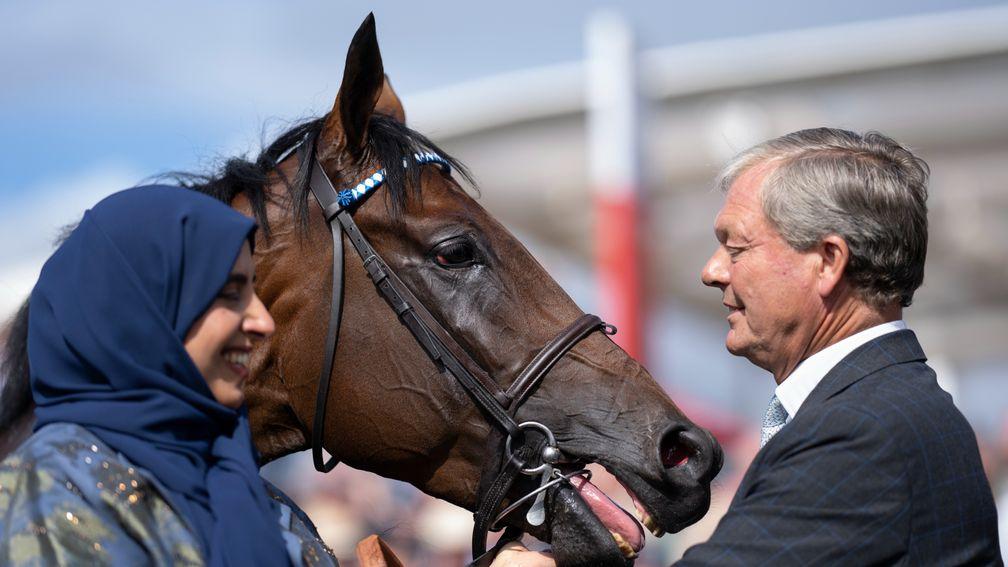
These are extraordinary times. On both sides of the Atlantic, a racehorse has reached the sort of heights few have ever managed. The performance ratings achieved by British champion Baaeed and Flightline in the US have already left us hailing them all-time greats. They are united by rare brilliance but also something else.
Neither horse raced as a two-year-old. Baaeed began his career aged three in a Leicester maiden on June 7, 2021. By then, four of the five British Classics had been run, a generational pecking order formed that would in time prove almost redundant, such has been the dominance of Baaeed over his peers.
Flightline made his debut in a seven-runner Santa Anita maiden in late April last year, entering Pattern company as recently as December 26. He has now competed on five occasions, most recently hitting a Racing Post Rating of 140 when claiming the Pacific Classic by just under 20 lengths. Baaeed has a 138 RPR, the figure awarded for his sensational triumph in the Juddmonte International. Both he and Flightline remain undefeated.
Speaking in York's winner's enclosure, owner Sheikha Hissa said of Baaeed: "I don't think every good horse has to be a precocious two-year-old type. He is now a totally different horse to the one you saw last year. Giving him time has helped him in every aspect."
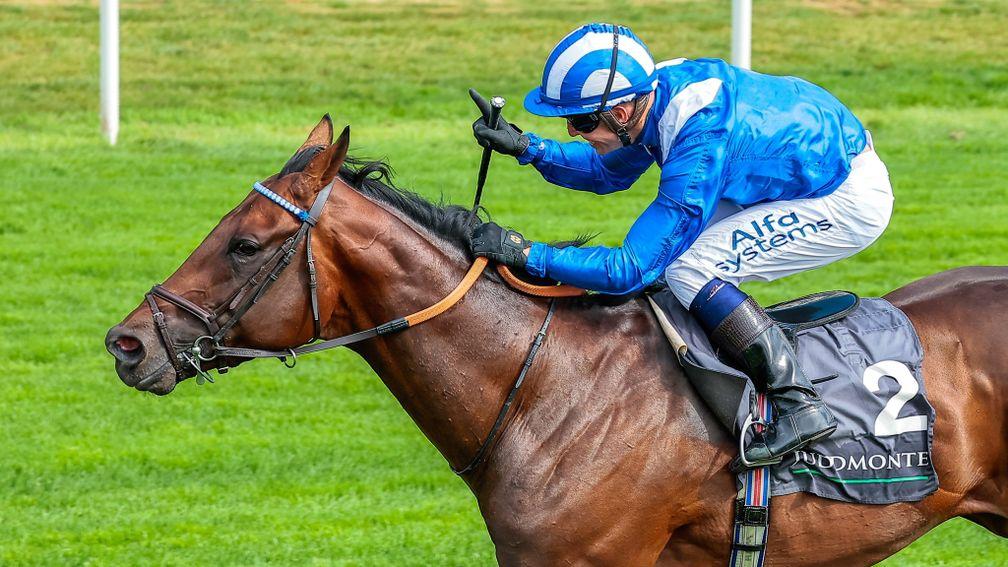
Those words are irrefutable. They also provide comfort to anyone saddened and frustrated by the bloodstock industry's blinkered move towards favouring – almost worshipping – speed over stamina, particularly where that speed is likely to be seen primarily in a horse's juvenile season.
How, though, do Flat trainers identify when a horse needs time? How do they know what sort of athlete they have and when that athlete ought to begin racing?
Identifying which is which
"You are training young kids into their teenage years and adolescence," says five-time champion trainer John Gosden, who when assessing a young horse considers the breeding, date of birth, shape and form of the animal, how they move and their mentality. He stresses the importance of "watching the horse the whole time". He stresses something else.
"You should never have a preconceived concept of what a horse is going to be," says Gosden. "Do that and you could put a square peg in a round hole. There are no set rules. A horse can run completely differently to its pedigree and looks.
"A horse bred to be precocious won't necessarily be precocious. Equally, you have to be aware that what looks like laziness might be indolence. The other big problem, of course, is a lack of ability.
"It's also important to remember that when you're building up the training of a young horse, you're certainly not trying to discover how fast it can go straight away. It's not like playing with a new toy at Christmas. You let them do it in their own time."
Baaeed's trainer William Haggas highlights the correlation between how a horse is built and their likely distance requirements.
Haggas says: "Most 100-metre sprinters have strong, bulldog physiques, although there are exceptions, such as Usain Bolt. Thoroughbred sprinters are the same. Equally, 10,000-metre runners tend to be much lighter and leaner. In general, so are equine stayers. Any horse with an enormous backside is unlikely to stay far, whereas a horse with narrow hips and a more angular body is built to stay.
"Usually, a strong, square horse can be a fast two-year-old, providing his knees are closed and pretty flat. However, while big, bulky horses are likely to be fast, they won't all necessarily be precocious. Some horses aren't really two-year-olds but end up very fast when older."
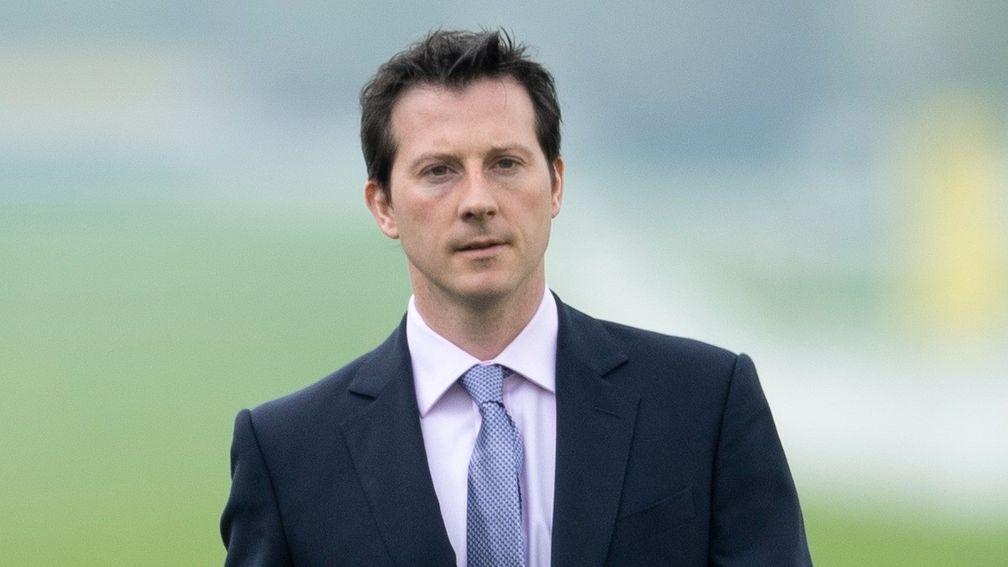
James Tate, a fully qualified veterinary surgeon as well as being a trainer, explains that when seeking to assess the potential precocity of a juvenile, trainers set themselves two main questions.
"You are asking, if I try to train this horse now, will it stay sound, and if it does stay sound, will it be at its best now or better next year?" explains Tate, who highlights the use of speed gene testing in trying to answer that question.
"Training immature horses is a bit like playing snakes and ladders," says Tate. "So long as you only go down little snakes, it's all right. If you go down a big snake all the way to the bottom, it can be a long way back up to the top again.
"You have to constantly look for the warning signs that you've got it wrong. You look for inflammation of the growth plate above the knee. You look for the horse having a painful buck on the front of the shin, indicative of a bone that isn't mature enough to take the work. You might get puffy joints and tendons, usually in the front legs. If you really overdo it, the horse goes lame.
"With young, immature horses, all trainers are trying to work out if we are pushing them just right, not enough or too much."
Patience reaps dividends
Haggas, a trainer not known for campaigning early-season juveniles, believes pushing too hard too soon carries huge risks.
"I think you can do irreparable damage by going too early, both mentally and physically," he says.
"Having said that, the most successful trainer of my time is Aidan O'Brien, who does train his two-year-olds. If I trained all his horses, I wouldn't have had anything like the same quantity of two-year-old Group 1 winners.
"For Aidan and Charlie Appleby, delivering stallions is what the job is all about. The reality is I have produced very few stallions and should really have developed a lot more."
Haggas, who greatly regrets the fact that as stud propositions "staying horses and Derby winners are not sexy", adds: "I firmly believe horses benefit from the time you give them. Our recent Ascot handicap winner La Yakel is a good example.
"He was a big-looking yearling who then never ran at two but, although he cost a bit at 120,000gns, he is going to repay that and more. He was a slow burner but is now getting the hang of racing at a time when horses who have been on the go for much longer are finding it more difficult."
Then, asking an obvious but fascinating question, Haggas adds: "Would Flightline have been as good if he had run at two? Who knows?"
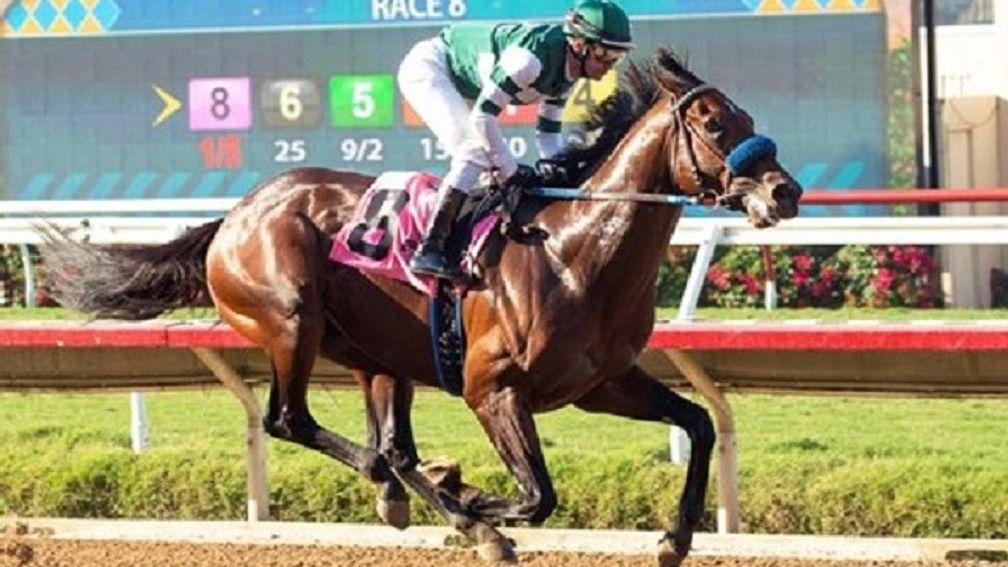
Paul Nicholls cannot answer that question but the 13-time champion trainer echoes Haggas and insists patience pays off, while acknowledging some of the finest jumpers he has trained began racing long before the traditional British or Irish store horse. Indeed, Kauto Star made his introduction over hurdles at Auteuil as a three-year-old on the first day of March.
"I don't think the French horses are different specimens, they just got on with them a bit sooner," says Nicholls. "I'm not convinced that's the right thing to do. I think horses improve so much for time.
"I don't now run most of the stores we buy as three-year-olds until the autumn when they're four. In my opinion, it's undoubtedly the best thing to do with them. Everybody wants to be in a hurry but when I now buy a store, I say to the owner that the horse is an investment for the future. I think the more time they get the better. Some of our current four-year-olds look completely different to how they did in the spring."
Expanding on that point, Nicholls says: "We have a horse called Henry The Second who won bumpers at Chepstow and Ascot as a four-year-old last October and December.
"In the spring of that year he took part in a racecourse gallop at a point-to-point track and finished last in his group of 12. He was just so big and weak. He wasn't ready to do it at that stage but a few months later he won first time out at Chepstow. The difference from March to October was incredible. He needed every bit of the time we gave him."
Horses are different – and so are trainers
Trainers are creatures of habit, particularly if that habit has brought them consistent reward. Gosden, like Nicholls and Haggas, tends to prefer playing the long game, while also being far from averse to press on with a quick developer.
He says: "We've been fortunate to have champion two-year-old colts and fillies, plus we've won every two-year-old race at Royal Ascot. It's fine if that type of horse presents itself, but the mistake is trying to force it to happen when it isn't coming naturally.
"Some trainers are brilliant with precocious horses and that becomes their forte. It's what they're looking for at the sales. I would tend not to be looking for that sort of horse. I like to give a horse plenty of time – and sometimes I'm maybe too patient.
"If there is a rule, it's that if they have talent, no matter how backward they are, they are going to show some of it when they're younger."
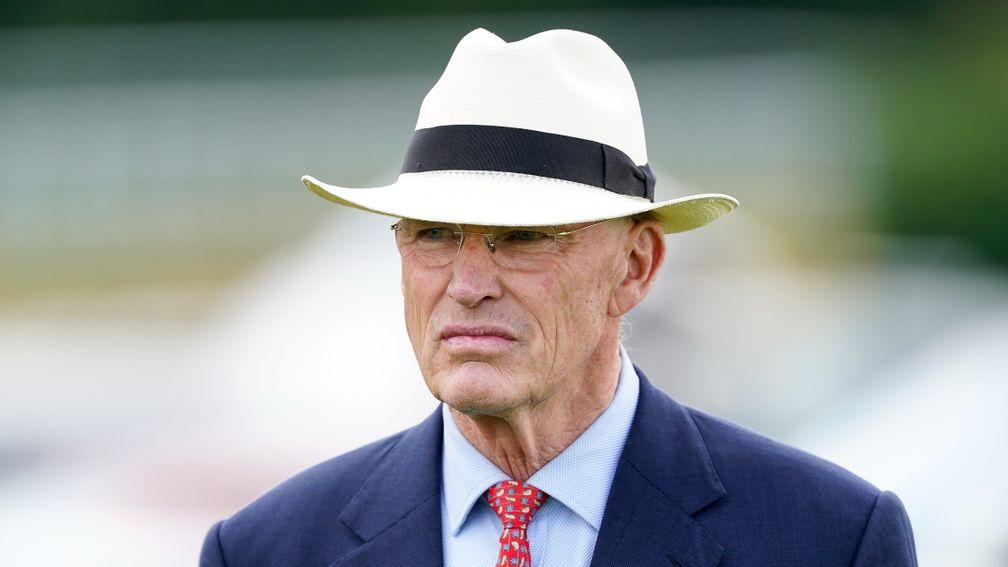
Gosden adds: "I'm very clear each horse will let you know when it wants to come forward. As you increase their exercise programme, they will let you know if they are handling it well. You also realise that sometimes they are finding it too easy and need to be given more to think about.
"On the other hand, you can quickly see the horse who is beginning to struggle and has perhaps gone a bit weak. That's when you know it's time to back off. It's horse by horse. They are all individuals."
Haggas uses those same four words and suggests individuality is applicable to those in his profession.
"Every trainer is different," says Haggas. "Karl Burke buys a precocious, strong two-year-old type but that doesn't mean he can't train staying horses because he has had great success with them. Karl is a very good judge, he buys very nice horses and is a very good trainer."
Haggas might well end the 2022 trainers' title as champion of his profession. If so, he will have been helped hugely by a superstar who embodies the approach taken at Somerville Lodge.
Baaeed's outstanding career will almost certainly end in the Qipco Champion Stakes at Ascot, but it began in less glamorous surroundings.
"In the spring of Baaeed's three-year-old career I told Angus Gold he wasn't yet quite ready to be trained properly," recalls Haggas. "Our nicer maidens tend to start around the time of the Newmarket and Newbury spring meetings but we felt we needed to back off Baaeed a little.
"While he was still unraced, we did make one Royal Ascot entry for him, in the King Edward VII – mainly because of his brother, Hukum – but he showed some speed, which is why he started over a mile.
"That day at Leicester, he picked up well and looked for all the world like he wanted further. However, most of mine are stupid and gormless on debut and almost always improve from the first to the second run, and for that reason I like to keep them at the same distance on their second start to see if there is any natural improvement.
"With Baaeed there definitely was that improvement on his second run and he then won his Listed race over a mile. As he was clearly so good at that trip, we wondered what was the point of going over further? On top of that, he has a big backside. He looks fast."
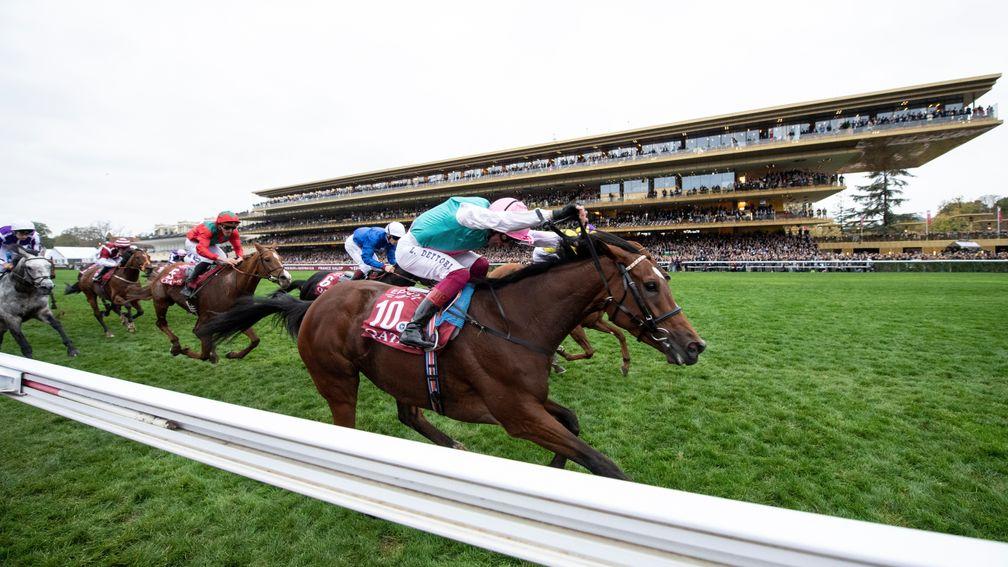
Gosden provides his case study with the most celebrated thoroughbred he has trained, the dual Arc-winning triple King George VI and Queen Elizabeth Stakes heroine Enable, who got off the mark on her opening start as a two-year-old at Newcastle in late November.
Gosden says: "She came to us as quite a round, powerful-looking filly, but then she suddenly started to grow and continued to do that throughout her two-year-old year. Although we did gentle half-speed canters with her, it was obvious she needed time to strengthen into her frame.
"We saw a very positive attitude, a competitive streak and a good action but you could see she had outgrown her strength and that it would have been wrong to ask questions of her too soon. You also have to remember these horses have young limbs. With a filly of her size and dimensions, I wasn't keen to see what she could achieve as a two-year-old."
Gosden continues: "She ran just once in November and I chose Newcastle because it's a straight mile with a slight uphill finish. It's a true test, whereas when you run on a turning track on the all-weather they go quick from the gate, pull up and then dash from the bend. An athlete like her would not have been suited by that style of race.
"Our job is to constantly assess things and to always try to do the right thing by the horse – but I assure you we don't get it right all the time."
Ultimately, however, a trainer can only do what he or she thinks is right.
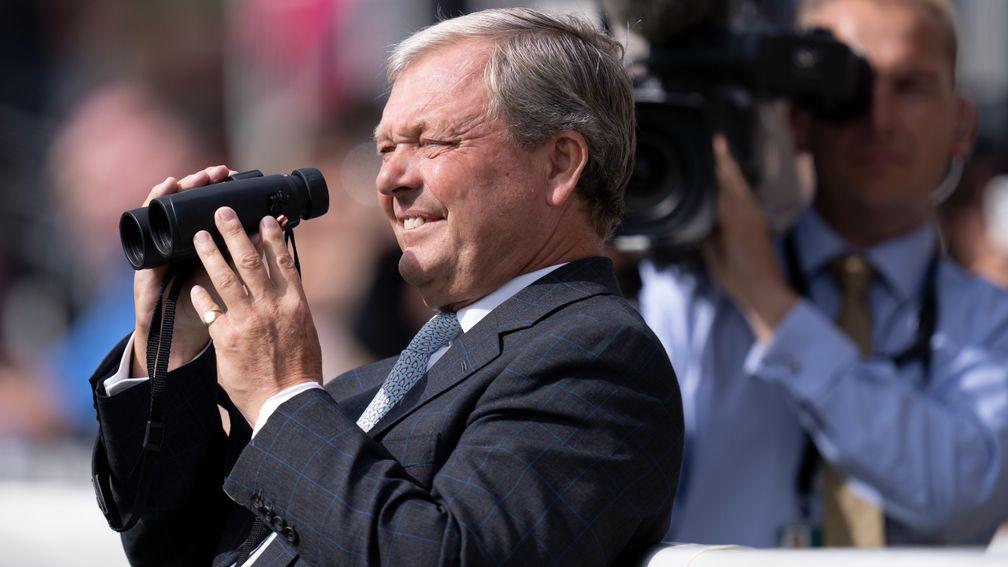
"My own feeling is a horse can only improve if you give the horse the chance to improve," says Haggas. "Towards the end of a season, I need no excuse to put away a horse whose coat goes or one who coughs or scopes dirty. The only thing I try to find out from my later-maturing horses is, are they worth keeping?
"I'm not saying there's a right way or a wrong way, but that's the way I do it – and at the moment, it is paying off for us."
Returning to one of his earlier themes, Haggas acknowledges that others do it differently and with excellent results.
"Coolmore and Godolphin properly train what I would consider to be less mature two-year-olds much more than I do," says Haggas. "Aidan, in particular, can get Galileos running over seven furlongs as two-year-olds in June.
"I remember seeing Luxembourg's brother, Hiawatha, at the sales. He was an absolute belter, a big, tall, beautiful son of Camelot. If I trained him, he would be having one run in October before hopefully becoming a Derby horse next year.
"Aidan, on the other hand, has already run him three times and I can guarantee he'll be running in a Royal Lodge or a Grand Criterium. That's the way Aidan trains. He is a master at doing it and full marks to him.
"The obvious question, of course, is if Aidan had trained Baaeed, would he have won the Dewhurst? Nobody knows the answer to that, thank God. If he had won the Dewhurst as a two-year-old, would he have been the horse is he now? Again, nobody knows. All you can do as a trainer is go with your gut feeling."
Read these next:
Greatwood: 'One boy latched on to a horse as he said they both had nowhere else to go'
Richard Phillips: 'It's about survival – but it has been for 30 years'
Jo Foster: 'One man hadn't been outside in five years – until he came out to see Sigurd'
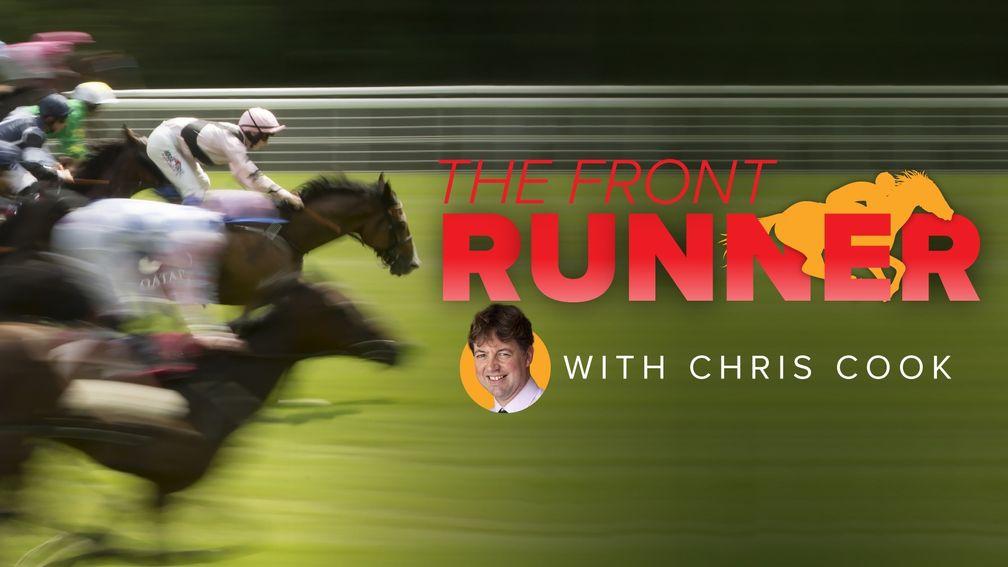
The Front Runner is our latest email newsletter available exclusively to Members' Club Ultimate subscribers. Chris Cook, a four-time Racing Reporter of the Year award winner, provides his take on the day's biggest stories and tips for the upcoming racing every morning from Monday to Friday. Not a Members' Club Ultimate subscriber? Click here to join today and also receive our Ultimate Daily emails plus our full range of fantastic website and newspaper content
Published on inFeatures
Last updated
- Top racing books of 2024: must-reads of the year, from the perfect Christmas stocking filler to a pioneering jockey
- Captain Marvel: how a modern master of Cheltenham and a genuine pioneer executed one of the shocks of the year
- 'We’re delighted with how it's going' - joint-trainers prepare for exciting year after Flat string is doubled
- 'We’ve had to work hard this sales season' - Kennet Valley seeking to build on success with biggest string
- Alastair Down's archives: the great writer recalls Coneygree's glorious victory in the 2015 Cheltenham Gold Cup
- Top racing books of 2024: must-reads of the year, from the perfect Christmas stocking filler to a pioneering jockey
- Captain Marvel: how a modern master of Cheltenham and a genuine pioneer executed one of the shocks of the year
- 'We’re delighted with how it's going' - joint-trainers prepare for exciting year after Flat string is doubled
- 'We’ve had to work hard this sales season' - Kennet Valley seeking to build on success with biggest string
- Alastair Down's archives: the great writer recalls Coneygree's glorious victory in the 2015 Cheltenham Gold Cup